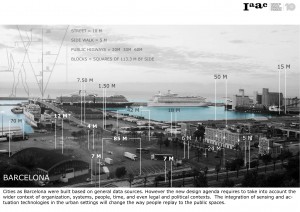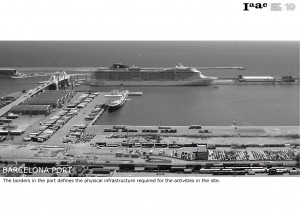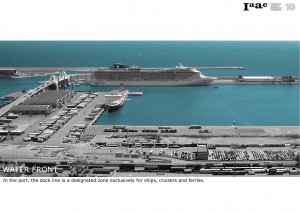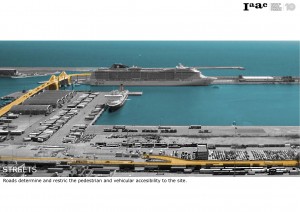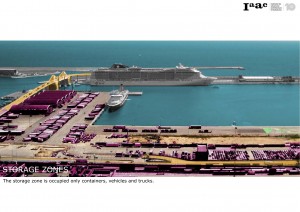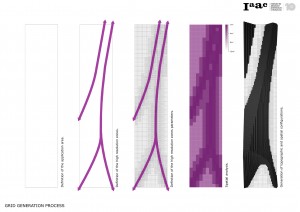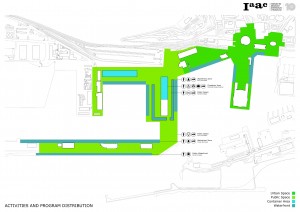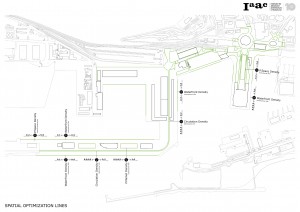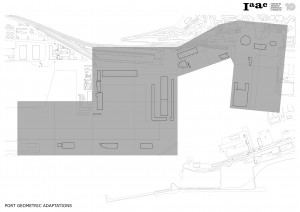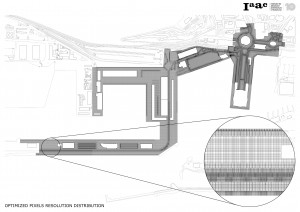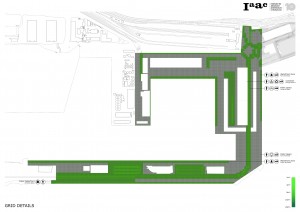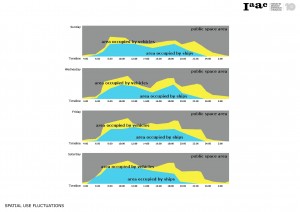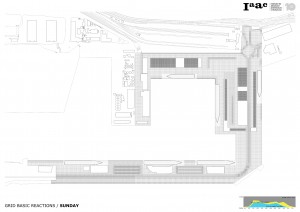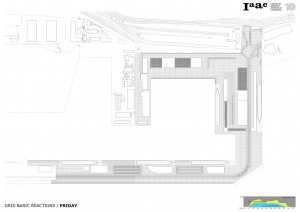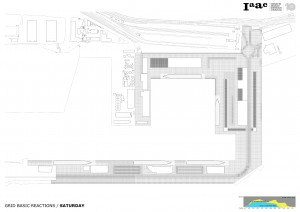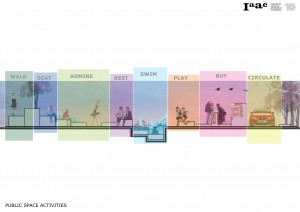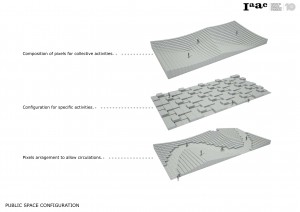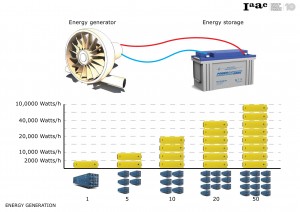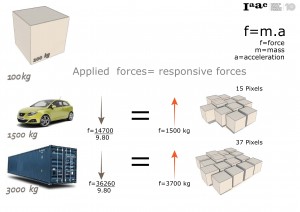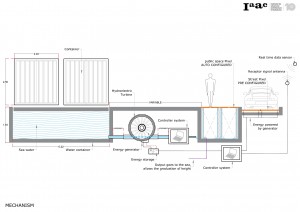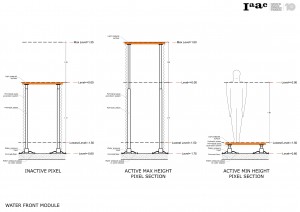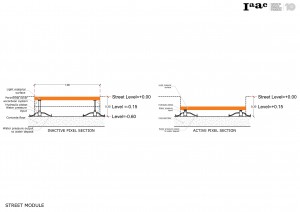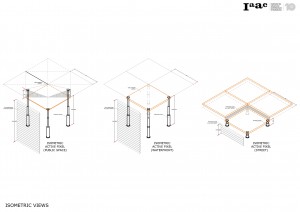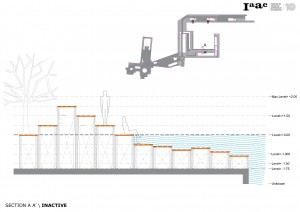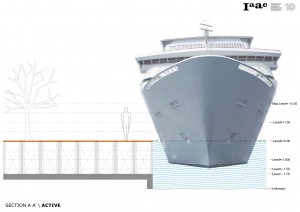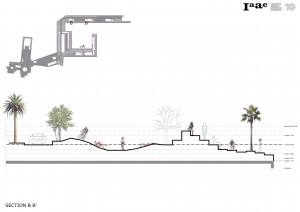Ode to Salt Series 4.2012 from Xawki on Vimeo.
'Ode to Salt' is a series of films with focus on remedying the Llobregat delta's delicate eco-system and symbiotic relationship with the port of Barcelona through a milieu of reformative interventions. The title is inspired by the Chilean poet Pablo Neruda's poem 'Ode to Salt', and is derived from salt as a tangible yet ethereal and elastic medium through which the emergence of large urban structures out at sea may crystallize.
However, note the following film is a narrative-driven segment with an atmospheric quality. It is not meant as a concrete realisation of physicality but rather as a demonstration of the forces at play and the underlying potentials existing within the site.
-
'DS1 : Emergent Territories second phase studio workshop at the Institute of Advanced Architecture of Catalunya'
http://legacy.iaacblog.com/maa2011-2012-emergentterritories/
/ June 2012






